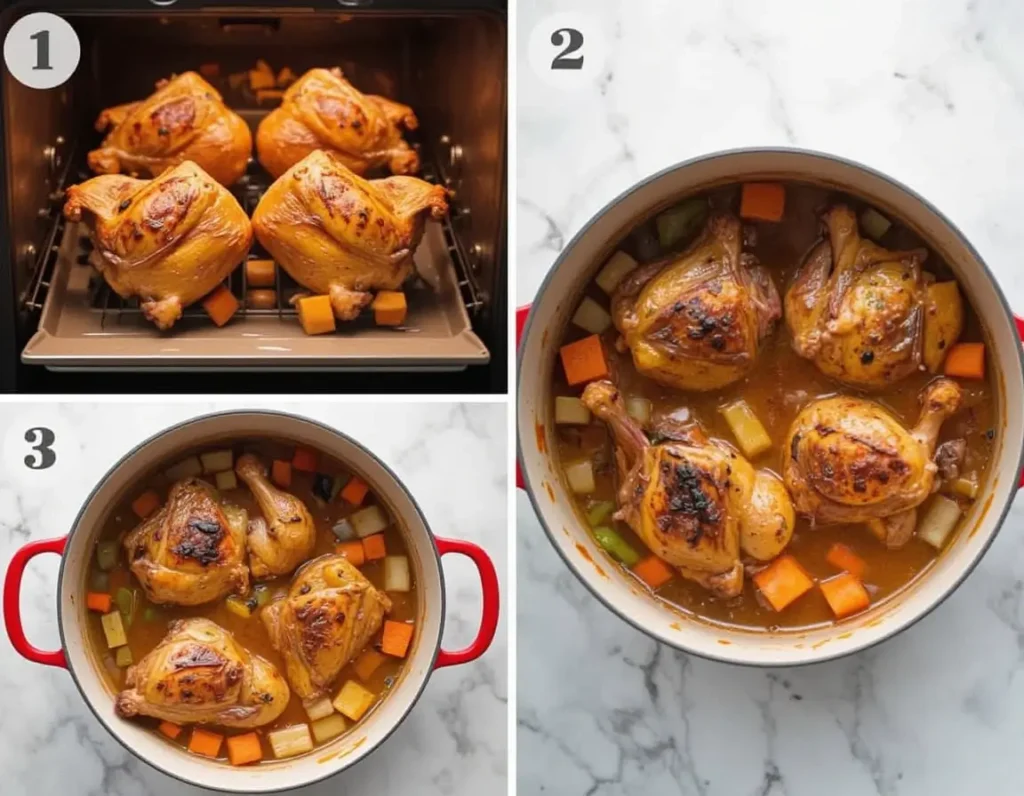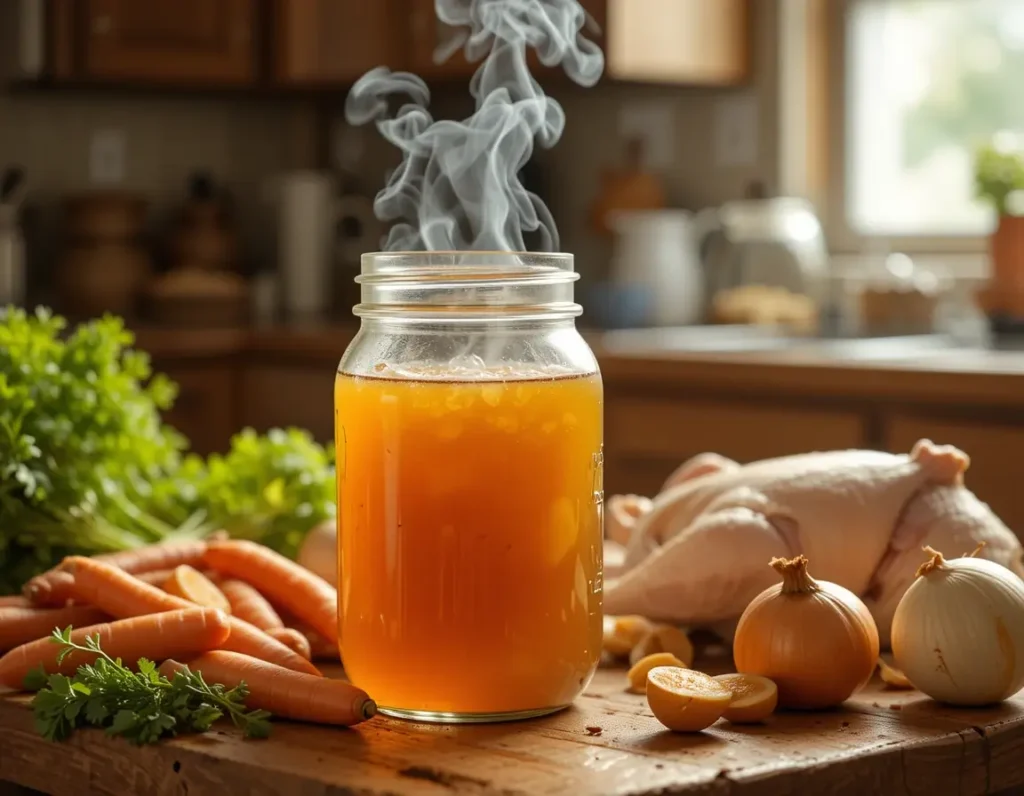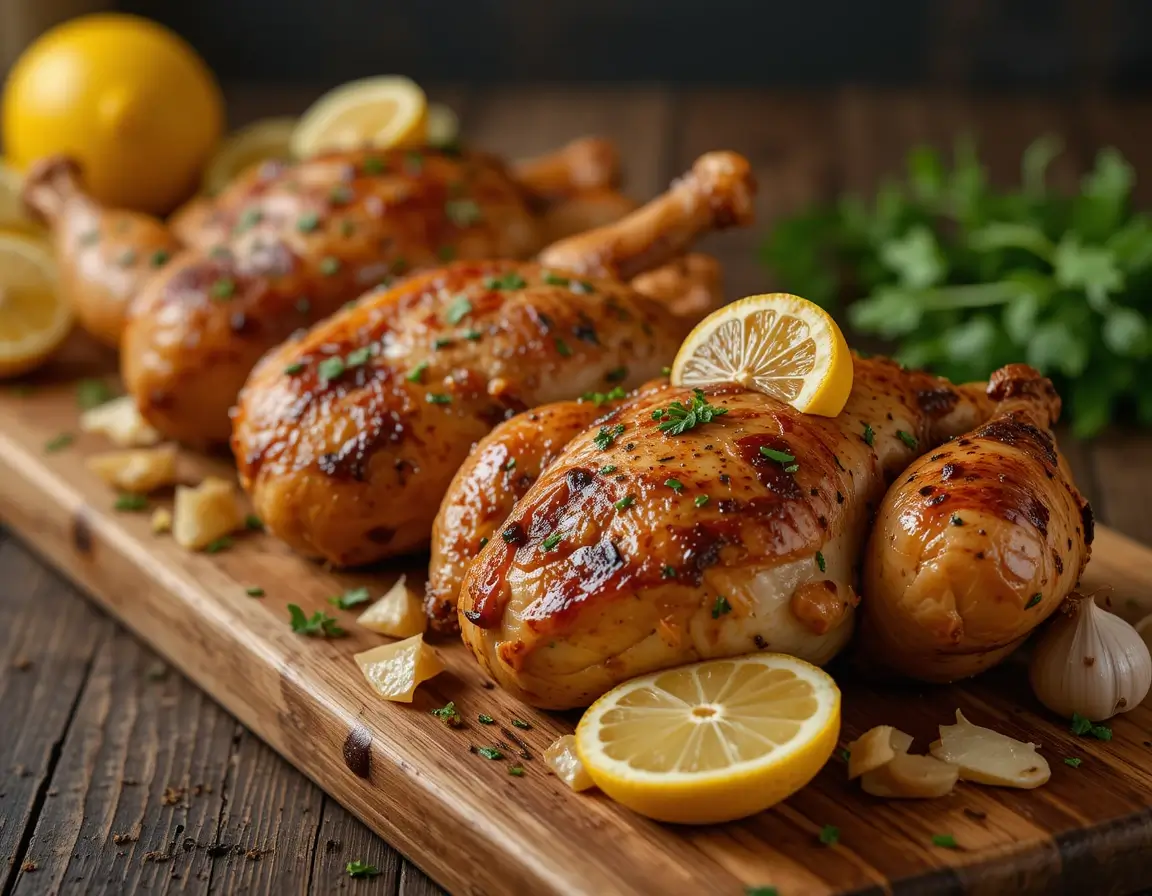When it comes to poultry, the spotlight often goes to popular cuts like breasts, thighs, or wings. But there’s an often overlooked gem that deserves your attention — the back portion of a chicken. Though modest in meat, it’s rich in nutrients and flavor, making it an essential ingredient in budget-conscious and health-focused kitchens.
In this guide, you’ll discover what makes this underused poultry cut a valuable resource. From its nutritional profile and cooking versatility to how it plays a key role in sustainable food practices, you’ll learn why it deserves a spot in your freezer.
Table of Contents
What Is the Back Portion of a Chicken?
The chicken back refers to the rear part of the bird that’s left after removing meatier sections. This portion includes:
- The backbone and ribs
- Residual pieces of meat
- Skin, cartilage, and connective tissue
Though not typically served as a main dish on its own, it excels in making stocks, soups, and gravies thanks to its high gelatin content and flavorful fat. For homesteaders and traditional cooks, this cut has long been prized for its functional nutrition and cost-effectiveness.
Why Use Chicken Backs in Cooking?
Modern kitchens often focus on convenience, and that can lead to discarding useful cuts. But these parts offer numerous benefits:
- High nutritional value from bones and marrow
- Inexpensive, often sold in bulk or by the pound
- Provides complex flavors ideal for slow-cooked dishes
- Encourages zero-waste cooking
As noted in the USDA Nutritional Database, the back cut offers high levels of protein, calcium, and phosphorus, with less saturated fat than many dark meat alternatives.
What’s more, using the back portion for slow-cooked stock unlocks a powerhouse of health benefits. The Healthline guide on bone broth outlines how simmering bones for long periods can:
- Boost immunity
- Improve digestion
- Strengthen skin and joints
Nutritional Benefits of Chicken Backs
This cut may be small in size, but it’s rich in essential nutrients:
- Protein: Vital for muscle growth and cell repair
- Calcium and Phosphorus: Strengthen bones and teeth
- Gelatin and Collagen: Improve gut lining, support skin elasticity, and reduce joint pain
- Glucosamine and Chondroitin: Natural compounds that aid cartilage repair
- Iron and Zinc: Support immune function
When made into broth, these nutrients become bioavailable, meaning they’re easier for your body to absorb — especially important for those with digestive issues or on healing diets like GAPS or paleo.
How to Cook the Back Part of a Chicken

Whether you’re preparing a hearty soup or a light broth, this cut fits a variety of culinary styles. Here are a few techniques:
Slow Simmering for Broth
- Add backs to a large stockpot with onions, carrots, and celery
- Pour in water to cover and add a tablespoon of apple cider vinegar
- Simmer on low for 12–24 hours to extract all nutrients
Roasting for Crispy Snacks
- Pat dry, season with salt, pepper, and smoked paprika
- Roast at 400°F until golden and crispy — eat like wings or save for soup
Grilling for Smoky Flavor
- Marinate in soy sauce, garlic, and chili for 1–2 hours
- Grill over medium heat until charred and juicy
Pressure Cooking for Quick Stock
- Place backs in an Instant Pot with herbs and aromatics
- Pressure cook for 60 minutes for a rich, gelatinous broth
These methods not only extract flavor but maximize the cut’s nutritional potential, making it perfect for functional cooking.
Top Recipes Featuring Chicken Backs

1. Classic Chicken Bone Broth
Ideal for sipping or as a soup base:
- 2 lbs poultry backs
- 1 onion, 2 carrots, 2 celery stalks
- 2 tbsp apple cider vinegar
- Simmer for 24 hours, strain and refrigerate
2. Roasted Backs with Garlic and Herbs
- Season with rosemary, thyme, and garlic powder
- Bake until golden and fragrant
- Serve with rice or mashed potatoes
3. Back and Veggie Slow Cooker Stew
- Combine backs, potatoes, carrots, green beans, and broth
- Add bay leaves and peppercorns
- Cook low for 8 hours for a one-pot meal
Cultural Uses of Chicken Backs
Across the globe, traditional cuisines have relied on bony cuts for nutrition and flavor:
- Asia: Backbone used in pho, ramen, and Chinese soups
- Europe: Central to Polish, Russian, and Balkan broths
- Africa: Simmered in thick tomato or peanut stews
- Latin America: Used in caldo de pollo and other rich soups
These dishes show how bones were never waste but a source of sustenance and flavor for generations. Similarly, East Asian cuisines offer a range of nutrient-packed dishes that highlight both technique and flavor, such as seafood-based meals like Teppan Yaki shrimp, where precision cooking elevates simple ingredients.
Are Chicken Backs Safe for Dogs?
Yes, especially when raw. They’re a common feature in raw feeding diets like BARF (Biologically Appropriate Raw Food).
Benefits for pets:
- High in calcium and glucosamine
- Good for teeth cleaning
- Natural food closer to ancestral diets
Important considerations:
- Raw only. Never give cooked bones, as they may splinter
- Feed in moderation to avoid choking
- Always supervise feeding and talk to your vet
How Do They Compare with Other Chicken Cuts?
| Cut | Meat Yield | Price Range | Best Use |
|---|---|---|---|
| Chicken Backs | Low | Very Low | Stocks, broths, stews |
| Thighs | High | Moderate | Frying, baking, grilling |
| Breasts | Very High | High | Lean meals, salads |
| Wings | Medium | Moderate | Appetizers, frying |
| Drumsticks | Medium | Moderate | Grilling, roasting |
Storage and Shelf Life Tips
Whether you’re buying in bulk or freezing leftovers:
- Fresh: Store in the refrigerator and use within 1–2 days
- Frozen: Keeps for up to 6 months when properly sealed
- Vacuum sealing: Extends freshness and prevents freezer burn
- Label with date: Always mark containers for proper rotation
Environmental and Ethical Benefits
Embracing whole-animal cooking helps both the environment and your wallet:
- Reduces food waste by using less popular cuts
- Supports sustainable agriculture
- Honors the animal by using every part
This approach reflects the nose-to-tail philosophy, gaining traction among ethical consumers and chefs alike. Plus, it’s a practical way to eat well on a budget.
Frequently Asked Questions (FAQs)
Q: Can you eat meat from the chicken’s back?
A: Yes, there’s a modest amount of meat and plenty of flavor when roasted or grilled.
Q: Is this cut healthy?
A: Extremely. It’s full of minerals, collagen, and gelatin.
Q: How many backs do I need to make stock?
A: About 2–3 pounds will make 4–5 quarts of rich broth.
Q: Can I use this cut for soup instead of broth?
A: Definitely. Simmer the backs with vegetables and you’ll get a flavorful soup base.
Q: What’s the best way to remove fat?
A: Chill your broth and skim the hardened fat from the top before reheating.
Final Thoughts
The back portion of a chicken is one of the most underappreciated yet powerful cuts in the culinary world. Affordable, nutrient-rich, and versatile, it allows home cooks to create nourishing, flavorful dishes without breaking the bank.
Whether you’re preparing bone broth, experimenting with global recipes, or feeding your dog a raw diet, this humble cut deserves a permanent spot in your kitchen routine.

Classic Chicken Bone Broth with Chicken Backs
Ingredients
2 lbs chicken backs
1 onion, halved
2 carrots, chopped
2 celery stalks, chopped
2 tbsp apple cider vinegar
10 cups water
1 tsp sea salt
4 garlic cloves (optional)
1 bay leaf
Fresh thyme or parsley (optional garnish)
Instructions
Add chicken backs to a large stockpot or slow cooker.
Add vegetables, garlic, bay leaf, and salt.
Pour in water and vinegar. Let it sit for 30 minutes to extract minerals.
Bring to a gentle simmer over low heat — don’t boil.
Skim off any foam that forms on top.
Simmer uncovered for 12 to 24 hours.
Strain through a fine-mesh sieve into glass jars or containers.
Cool, refrigerate for up to 5 days, or freeze for longer storage.
Notes
- You can roast the chicken backs beforehand for a deeper flavor.
- Broth gels when cooled — that’s a sign it’s full of collagen!
- Add herbs in the last 30 minutes for a more delicate aroma.


